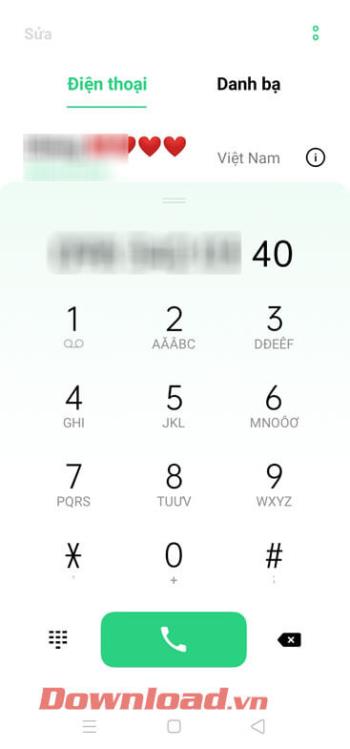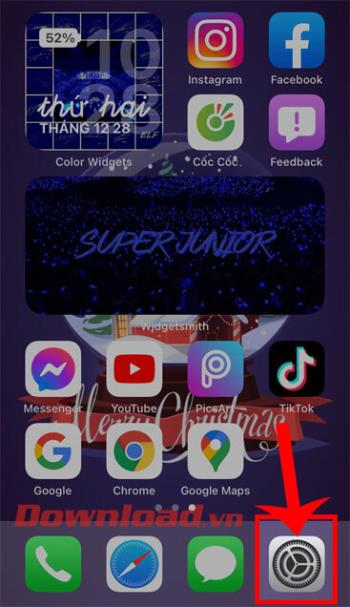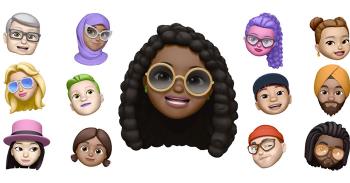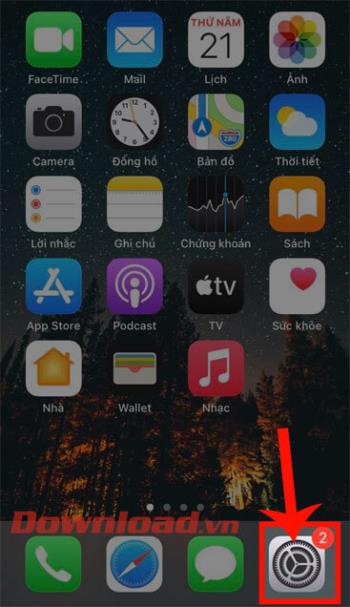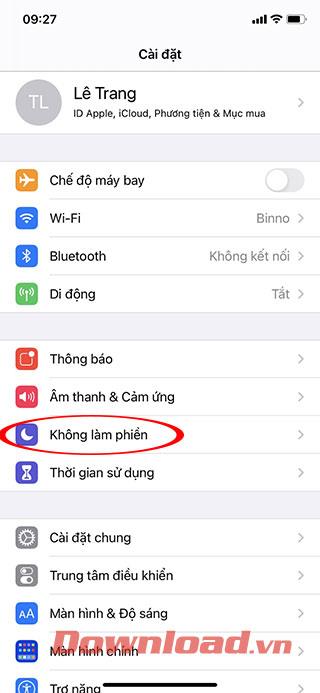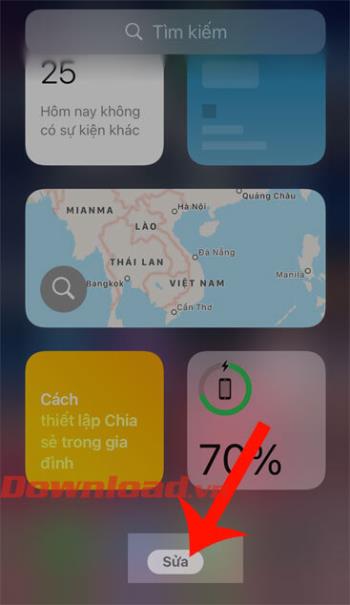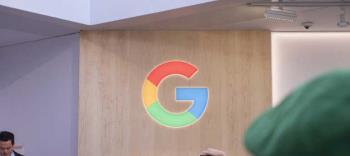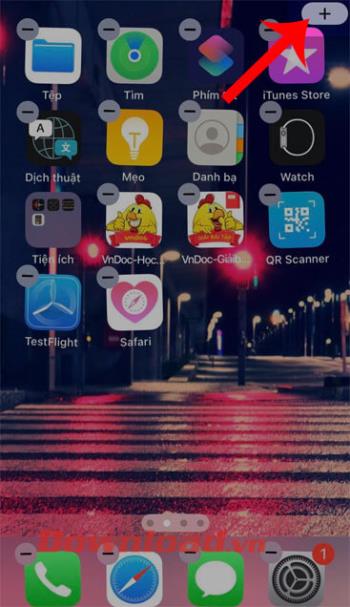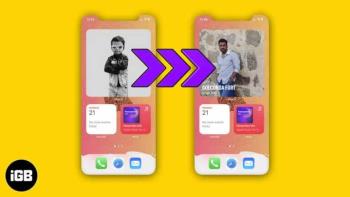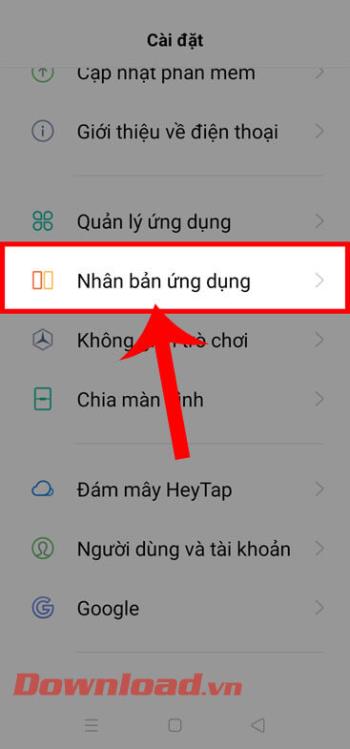How to turn photos upside down on Android phones
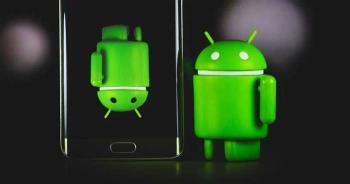
How to turn photos upside down on Android phones, Flip photos is really easy on Android. Here are some ways to turn photos upside down on Android phones.
Device Links
Smart home lighting is often the first step homeowners take on the journey to automating their homes. Nowadays, you don’t have to get up to switch the light on or off. In fact, you don’t even have to be at home to do it. Thanks to your phone, you can control the lighting even when you’re miles away.
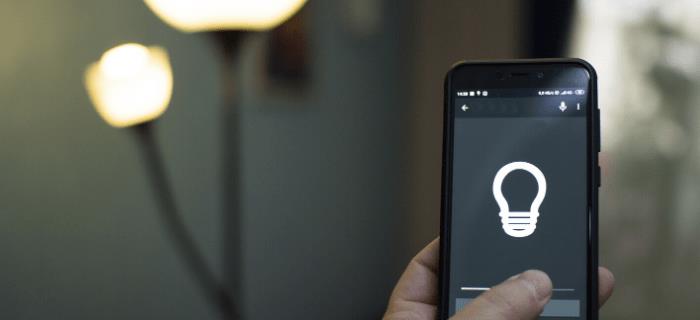
If you’re interested in learning how to control lights with your phone, you’ve come to the right place. This article will explain what you’ll need to get started.
How to Control Lights with an Android Phone
If you have an Android phone, you’ll be happy to know you can use it to control lighting in your home. However, you’ll need specific software that enables you to do this.
Getting Started
Here are the essential factors you need to consider:
Technology
The most important component of a smart home lighting system is its technology. Here are the most popular ones:
Mobile Phone App
If you want to control your lights remotely, you’ll most likely need an app designed for your Android phone. Such apps are divided into two types: single-tasking and multitasking apps.
Single-tasking apps control only your smart lights, while multitasking apps manage all smart home devices.
Here are the most popular Android apps for smart lighting:
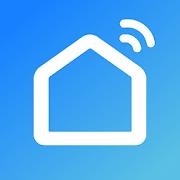



How to Turn Your Ordinary Home Lighting into Smart Lighting
If you want to have a smart lighting system, you’ll need to invest in at least one of the following:
Smart light bulbs are designed to replace your ordinary bulbs without any modifications or repairs. They’ll fit right into the existing fixture. Most smart light bulbs can connect to your Wi-Fi network, so you don’t have to purchase a hub. Other options, such as the light bulbs that operate on ZigBee, do require a hub.

Smart light bulbs come in all sorts of sizes, colors, shapes, and configurations, giving you plenty of choices for finding the perfect one for your home.
You can enjoy smart home lighting with ordinary light bulbs. However, you’ll need to replace the in-wall switches with smart switches. These switches get integrated into your home’s electrical system. Installing a smart switch can be a more cost-effective solution than smart light bulbs if you have recessed lights controlled by a single switch.
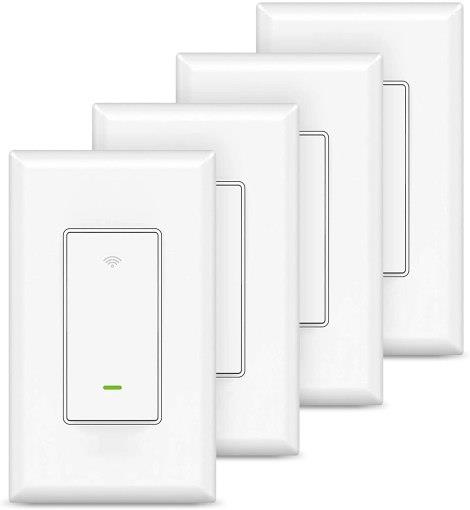
Unlike regular smart switches, smart dimmers offer the dimming feature. They can also be controlled by your Android phone.
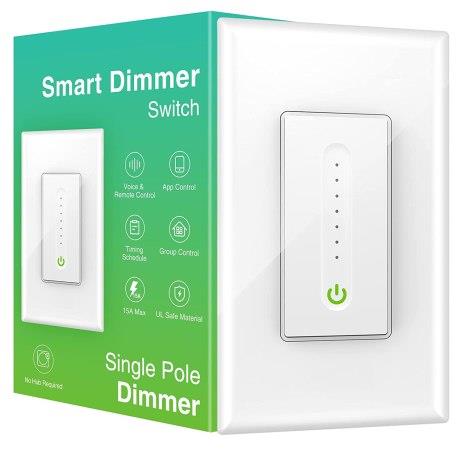
Smart plugs turn your ordinary standalone light fixture into a smart device, thus enabling control over the phone.

Depending on the technology you opt for, you may need to purchase a hub. Without it, you may not be able to control your lights using your Android phone.
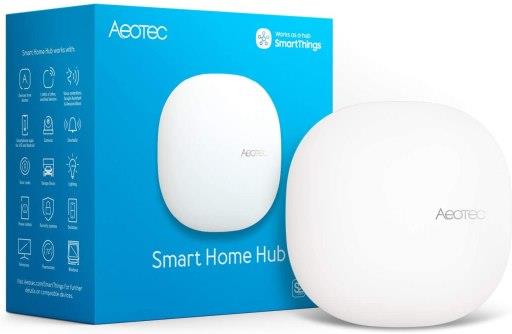
How to Control Lights with an iPhone
Controlling smart home lights with your iPhone is usually straightforward. But, before getting to it, it’s important to understand the basics so you can make an informed decision regarding the technology that suits you.
Getting Started
When deciding on a smart home lighting system, it’s important to consider the technology and the mobile app suitable for your operating system.
Technology
Smart home lighting systems can use different technologies for operation. Here are the popular ones:
Mobile Phone App
If you want to control lights with your iPhone, you’ll need an app. Nowadays, you can find numerous apps with different features on the market. Which one you’ll choose will depend on what you want from the system, but also on the type of lighting you’re using. Here are some of the most popular iPhone apps:
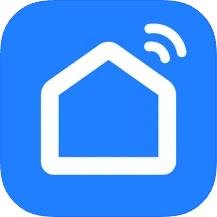
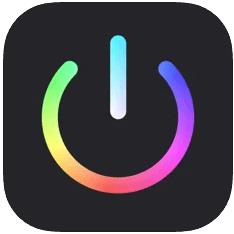
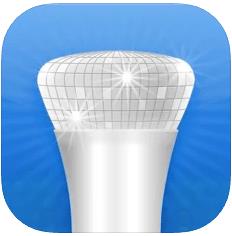

How to Turn Your Ordinary Home Lighting into Smart Lighting
Besides the technology and app, you need to consider what kind of lights you want. There are several choices:
Smart light bulbs are the most popular option for turning your ordinary lights into smart lights. They are mounted into the existing fixtures and don’t require modifications, making them easy to set up for everyone. You can find them in numerous sizes, colors, and shapes.
Most smart light bulbs operate on your Wi-Fi network, in which case they don’t require a hub. However, if you purchase light bulbs that use a low-energy wireless standard such as ZigBee, you’ll need a hub to transfer those signals into Wi-Fi network signals.
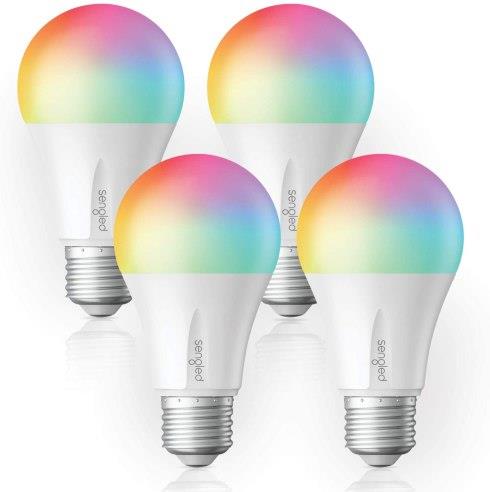
You don’t need to replace every lightbulb in your house to enjoy smart lighting. By installing smart switches, you can keep using traditional lightbulbs and enjoy smart features. Smart switches are wired into your home’s electrical system and replace your existing switches.
When are smart switches a better option? If you have recessed lights controlled by one light switch, installing a smart switch is a more convenient and cost-effective solution.
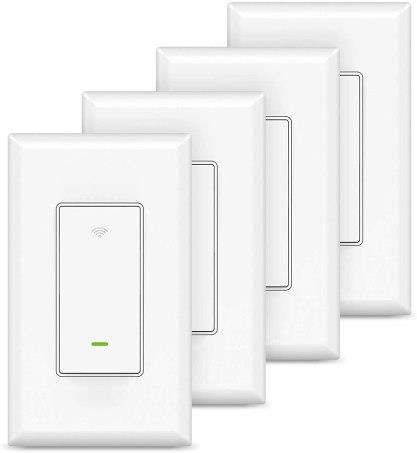
Smart dimmers are similar to smart switches, except they offer dimming features. They can also be pre-programmed and controlled remotely.
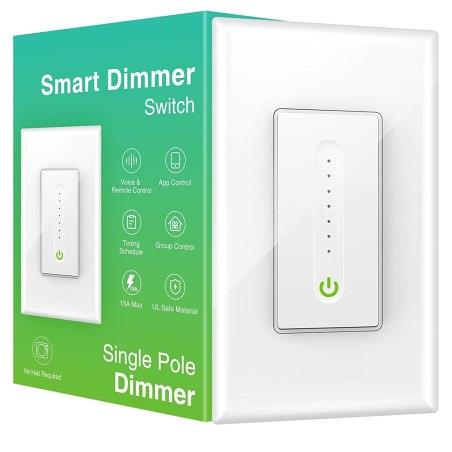
If you want to control a standalone light fixture (for example, a lamp) with your iPhone, you can use a smart plug. They enable you to control a fixture without replacing the light bulb or the switch.
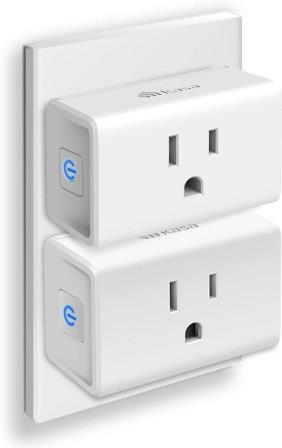
A hub that enables you to control lights with your iPhone may be necessary, depending on the technology you choose. Of course, you can always opt for lights that don’t require a hub.
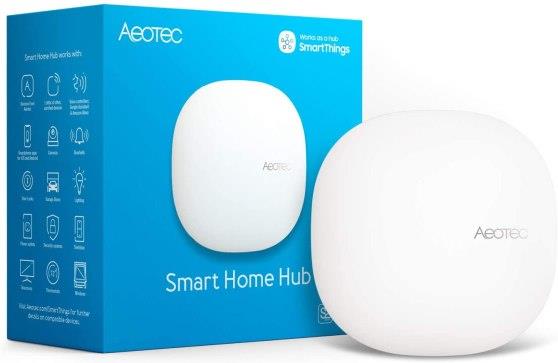
Let the Light In
Smart lighting is convenient and easy to use, so it’s no wonder many homeowners are considering installing it. Besides the cost, there are numerous factors you should consider before purchasing the system.
We hope this article explained what you’ll need to control lights with a phone. If you’re not sure what the best option for your home is, talk to experts, and they’ll recommend a solution.
What smart home lighting options are you considering? Have you tried any of the smart home apps we’ve mentioned? Tell us in the comments section below.
How to turn photos upside down on Android phones, Flip photos is really easy on Android. Here are some ways to turn photos upside down on Android phones.
Instructions to download the Black Unity wallpaper set on iPhone, The iPhone Black Unity wallpaper set will have the main color of the African Union (Pan-African) with the following colors:
Instructions for calling multiple people at the same time on Android, Did you know that, now Android phones allow users to make calls to multiple people (at night)
How to view history on Safari in 4 easy steps, Safari is a fast and secure web browser created by Apple. Although Safari is the default browser on Mac,
How to know someone blocked your phone number?, When someone blocked your phone number, there are several ways for you to know it. Let's learn the ways with WebTech360
How to fix iPhone error that does not show missed call notifications
How to customize the Share menu on iPhone or Mac, the Share Menu is a powerful feature on iOS and macOS. The article will show you how to customize this Share menu to make it useful
Instructions to add the lunar calendar to the iPhone screen, Today, WebTech360 will introduce to everyone 2 extremely simple and easy ways to add the lunar calendar to the screen.
Instructions for sending Memoji voice messages according to facial gestures on iPhone, Since iOS version 13 and above, and in models that support face recognition technology
Instructions to zoom in and out of the iPhone screen, Currently, iPhone also allows users to enlarge the screen of their phone with just a few clicks.
How to block repeated calls on iPhone, How to block continuous calls from a person on iPhone will help you block repeated calls continuously while in a meeting or busy work
How to turn off ads in MIUI 12, Are you annoyed with ads appearing on Xiaomi screen? Don't worry, here's how to turn off ads on Xiaomi MIUI 12.
Free Fire Max: How to use Mirroid presentation application to play games on PC, Normally, if you want to play a mobile game like Free Fire or Free Fire Max on PC then
Instructions for creating game Widgets on iOS 14, After the release of iOS 14 operating system, a lot of people love the feature of changing Widgets on the phone.
What is Google Smart Lock and how does it work?, What is Google Smart Lock and how to use it? Let WebTech360 find out all the information you need to know about
How to create a note widget on the iOS 14 screen with Sticky Widgets, Today WebTech360 will continue to introduce the steps to create a note widget on the screen
How to change featured photos on Photos widget in iOS 14, How to add featured photos on iPhone is quite simple and easy. If you don't know, let's learn how with WebTech360
Instructions for cloning applications on Oppo phones, Must be an Oppo phone user, you still don't know that this phone line still has this feature.
Transfer photos, large files extremely fast between iOS and Android with SnapDrop, SnapDrop is a utility to transfer image files and data extremely convenient and fast.
Instructions to draw pictures on Google maps on PC and smartphones, guide you to draw pictures on Google maps on computers and phones with My Maps.

